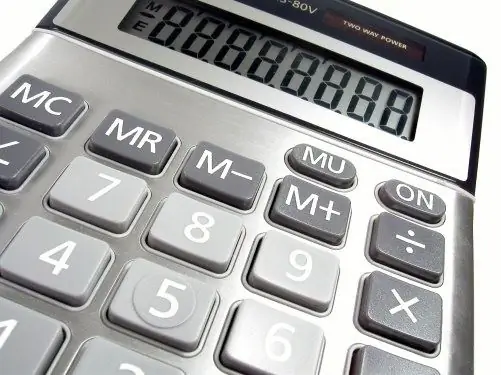- Author Isaiah Gimson [email protected].
- Public 2023-12-17 02:53.
- Last modified 2025-01-24 12:06.
Often, in the process of economic activity of an organization, accountants have to deal with such a business transaction as accounting for the receipt of goods. As a rule, value added tax is included in the cost of products, which must be allocated in the accounting.

Instructions
Step 1
Reflect all business transactions only on the basis of the received source documents and primary documents. The amount of value added tax can be deducted if the supplier has correctly issued the invoice.
Step 2
The tax document must indicate the amount of tax, the details of the parties (supplier and buyer), the name of the product, the date of compilation, the cost of one unit and the total amount. VAT and tax rate must be specified in a separate line.
Step 3
When goods arrive on the basis of a waybill in accounting, make the following entries: D41 K60 - the purchase of goods from the supplier is reflected.
Step 4
After that, highlight the VAT on purchased goods, reflect the operation on the basis of the invoice. Make up the wiring: D19 K60.
Step 5
Refund the amount of value added tax from the budget, for this, make an entry in accounting: D68 K19. Register the incoming VAT amount in the purchase book.
Step 6
Reflect all information about the movement of goods on account 41, to which sub-accounts can be opened. For example, to account for the movement of goods in a warehouse (wholesale), use subaccount 1. Reflect containers using subaccount 3, but with the exception of glass packaging.
Step 7
When purchasing a product, the amount of incoming value added tax is taken into account when calculating VAT. Indicate all amounts in the purchase book, and in the same place write the number of the invoice received and the date it was drawn up.
Step 8
When closing the month, double-check all data and amounts. If you find an error in the previous tax period, fill out an updated VAT return, draw up an accounting statement and submit the data to the tax office. Remember that inspectors, after such declarations, resort to field or office inspections, so be careful when calculating the tax.






